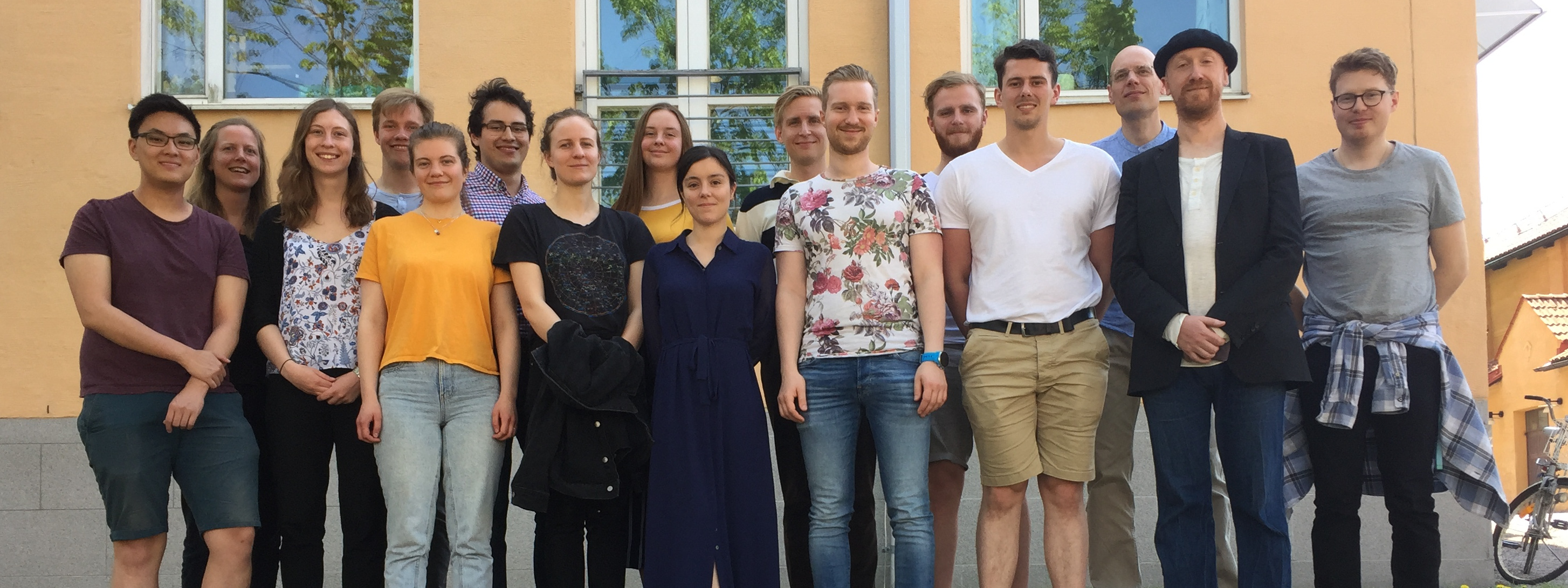One of the major tasks this spring is to at last start forming a core-facility in systems biology and mathematical modelling.
This will happen as a natural out-growth from a process that has happened within the ISBgroup during the last 2 years or so. During this time we have started to co-supervise more and more students that are not within our main biological system (type 2 diabetes), but working with other biological systems (e.g., liver functionality, yeast transport, heart electrophysiology, heart adronereceptor signalling, etc), and where we have only supervised the modelling side. In other words, these students have had us (usually me, Gunnar, plus one of our Ph.D. students) as modelling supervisors, and another group and supervisor for the biological aspects. Since this is now starting to grow beyond our internal capacity, and also starting to make our group a little bit dis-proportionate, we feel that the time is now ripe to externalize these activities to a separate location.
The idea is that this location should be a modelling centre, where people from different biological groups sit one or several days with their modelling, to share and discuss modelling-oriented aspects, and then sit the rest of the time in their biological group, where they can discuss the biological aspects of their work.
We will start to form this external centre at IMT, i.e., the department of medical technology. This department is situated within the university hospital, and within less than a few minutes walk from almost all biological groups at the campus. Nevertheless, they are still part of the technical faculty, and have already built up a good computer infrastructure, which has turned out to be a challenge for us to build up within the medical faculty.
We will probably start this move now within the next 3-4 weeks, and it will most likely be an ongoing discussion during at least the rest of the spring how to implement this modelling centre in a good way in practice. We will, e.g., have one such discussion meeting now this Monday, February 28, 2011, at 16-17, to which you are welcome to attend if you want.
The clear intent is also to have this as a strategic first step towards applying for major funding – both from within the university and from elsewhere – where this core-facility is part of the functionality provided by the Linköping Centre for Systems Biology. I therefore also attach some thoughts that I once wrote down on how this could be structured.
All in all, this is another important step forward towards establishing not only our group, but Linköping in general as a leading centre for systems biology. To expand our ambition beyond our own group is vital also for our own success, since many applications are network-based, and since for instance students need a bigger market than one group for their future carreers, etc.


